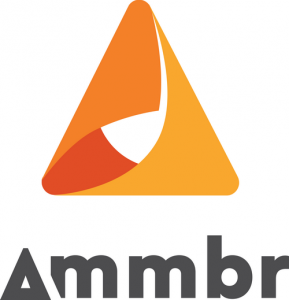Here in the U.S., a major political battle is currently taking place over “net neutrality.” At the core of this discussion is a simple question: Should the giant telecom companies be able to control how their customers access and use the internet? Not surprisingly, the telecom giants have spent tens of millions of dollars on lobbying to convince regulators to hand over full control. For those who believe that the internet access should be a level playing field, that’s a deeply troubling development.
 But what if there was a way to sidestep the telecom industry’s stranglehold on internet access? What if there was a way to combine two emerging technologies — mesh networks and the blockchain — to cut the big players out of the picture almost entirely? What if the users of the network could control it, expand it, share it, and even sell access to it? What if there was a technology that let users own the network itself?
But what if there was a way to sidestep the telecom industry’s stranglehold on internet access? What if there was a way to combine two emerging technologies — mesh networks and the blockchain — to cut the big players out of the picture almost entirely? What if the users of the network could control it, expand it, share it, and even sell access to it? What if there was a technology that let users own the network itself?
It’s not just a great idea, it’s a reality in the making. It’s called Ammbr.
Built on the latest innovations in wireless mesh network technology, Ammbr uses independent modules (nodes) that connect via standard WiFi and (other common protocols) to cover a given area. The more connected Ammbr nodes in a given area, the larger and more robust the network becomes. Unlike the current, deeply flawed model used by the telecom industry, however, Ammbr is built using the most secure technology available: The blockchain.
It’s a truly decentralized solution to the problem of providing reliable high-speed internet. A rural or isolated community could easily gain access to high-speed internet using an Ammbr mesh network, and at a fraction of the cost of creating a standard network.
Much like its blockchain-based cousins in cryptocurrency mining, Ammbr uses a token-based approach to create a secure network. This allows for completely fair, market-driven pricing. Instead of paying whatever rate the local telecom monopoly decides to charge for internet access, Ammbr users will simply pay for the services they use as they go using AMMBR tokens. These tokens can be purchased easily, and are valid on any Ammbr mesh network. Customers can also generate their own AMMBR by purchasing a node of their own and “renting” a portion of their bandwidth to other users. Bandwidth can even be traded 24/7 in an autonomous market.
This dedication to innovation and decentralization even applies to the design of the Ammbr nodes themselves. The system’s base unit combines a WiFi router with an AMMBR-powered blockchain node, providing all the essential functions for the network. The system can be easily expanded using additional plug-and-play modules for IoT, high-speed/high-frequency, point-to-multipoint, and other protocols. This makes the Ammbr system extraordinarily flexible, adaptable, and upgrade ready.
The technology behind the Ammbr network is so promising that the company recently canceled plans to fund R&D through an initial coin offering (ICO) due to overwhelming interest from private investors. The company is currently testing prototype devices, and aims to complete development of the initial Ammbr modules in late 2018. Assuming everything goes according to plan, the first Ammbr modules will be available for purchase in 2019.
For those across the globe who desire access to reliable, high-speed internet connections without surrendering control to the bullies in the telecom industry, Ammbr can’t become a reality quickly enough.













